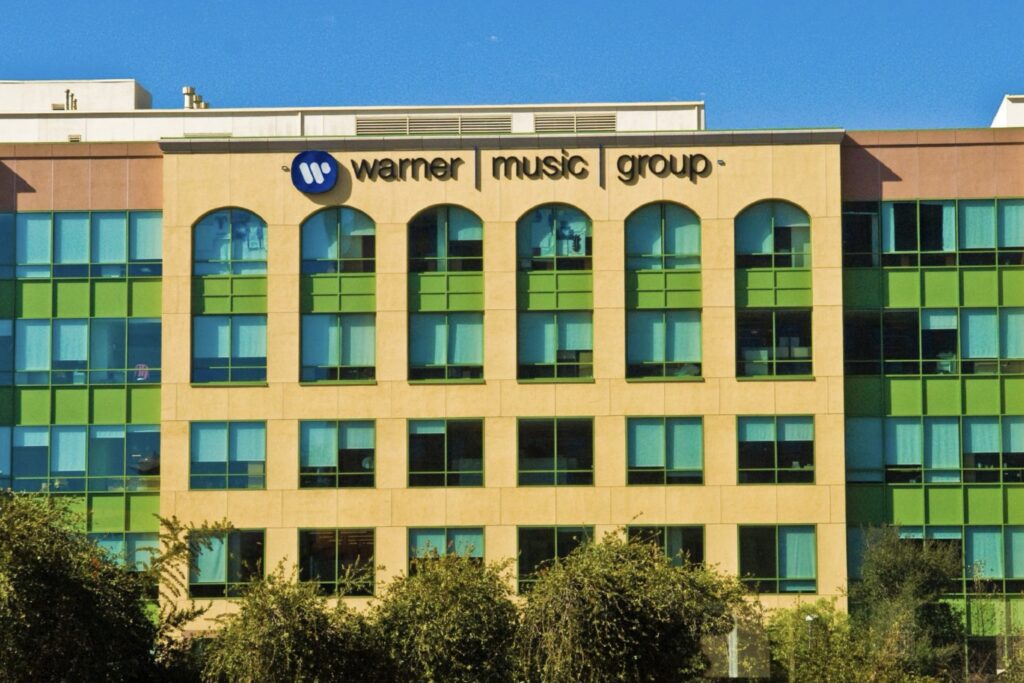Expectations were high before Apple unveiled the latest iterations of its smartphone lineup. But now that the iPhone 16 series is finally here, preorders got off to a rather slow start, sparking discussions on what could have gone wrong for the Cupertino giant’s premium devices.
On Sept. 9, Apple formally introduced a slew of new devices or, technically speaking, yearly updates to its existing products. To much fanfare, the tech company announced the Apple Watch Series 10, new AirPods and the iPhone 16 series—comprising four models: the standard iPhone 16, iPhone 16 Plus, iPhone 16 Pro and the flagship model, the iPhone 16 Pro Max.
Compared to last year’s iPhones, the iPhone 16 lineup seems unchanged save for the new Camera Control button, upgraded camera performance, bigger screens on the Pro variants and better battery life overall. On top of this, Apple promised the innovative incorporation of artificial intelligence features into its latest smartphones, among other software enhancements.
Unfortunately for Apple, the prelaunch anticipation for its new iPhones did not necessarily translate to a strong demand post-announcement. After Apple opened preorders for its latest devices on Sept. 13, TF International Securities analyst and longtime Apple reporter Ming-Chi Kuo disclosed in a blog post a weaker-than-expected demand for the new iPhones, particularly the iPhone Pro models.
After analyzing data for first-weekend preorder sales, Kuo noted that the iPhone 16 Pro and Pro Max were lagging by 27% and 16%, respectively, compared to their iPhone 15 counterparts from last year. With an expected first-weekend total of 37 million preordered units for the entire iPhone 16 lineup, the analyst said that the performance of Apple’s smartphones was down about 12.7% year-over-year.
Overall demand and customer satisfaction remain high for Apple
Considering the new iPhone series was not met with the same favorable figures as its predecessors, discussions on whether Apple’s grip on consumer loyalty is loosening have emerged. Customer loyalty typically suffers when companies fail to fulfill expectations. While the iPhone 16’s supposed “upgrades” seemed not enough to secure strong sales for Apple, some market analysts have acknowledged that overall demand for the iPhones remains high.
For instance, Bloomberg analyst Mark Gurman noted that there’s been a noticeable lag in the redesign of the iPhone series ever since former chief design officer Jony Ive and his team left the company in 2019. According to the analyst, the last major hardware overhaul for Apple’s smartphones was in 2020 when the company introduced the iPhone 12. Almost half a decade later, the iPhone has mostly stayed the same. But despite this, loyal customers continue to upgrade their devices every year or two, according to Gurman.
Last month, the customer satisfaction survey platform Retently reported that Apple received a resounding Net Promoter Score (NPS) of 72 based on data collected in 2022—up from its 63 rating in 2018. NPS is a good metric for customer loyalty, as it indicates how many people are satisfied with a brand and how likely they are to promote it. For Apple to secure one of the highest NPS scores in the tech industry, it just goes to show that Apple still has a hold on its long-term clients.
When brand loyalty goes beyond sales
The smartphone market has dramatically shifted in recent years, as many consumers hold on to their devices longer and opt to delay upgrades as much as possible. Market saturation has also led to slowing smartphone sales. Additionally, consumers now face more economic pressures in the post-pandemic world. All of these factors might have already affected the demand for Apple’s new smartphones even before the unveiling of the iPhone 16.
In a broader context, a slowdown in the iPhone’s demand does not equate to a loss of brand loyalty. Looking at the company’s ability to keep its premium pricing structure for years, it’s easy to tell that its customers and target market value its products, even if they are in no rush to upgrade as frequently as possible. Per market intelligence data provider IDC, hundreds of millions of consumers prefer to buy more of Apple’s products and services because they have developed trust in the brand and not because there’s a lack of available options on the market.
A weak start for iPhone 16 likely won’t be the end of the story
The iPhone 16 series may indeed be off to a weak start, but that does not mean it won’t have a chance to bounce back and generate better sales than last year’s models. Kuo noted that one of the “key factors” of the low demand for the iPhone 16 was the fact that its main selling point, Apple Intelligence, was not available at launch. Apple’s new AI software will be available for iPhone 16 owners in the U.S. in October via a beta update. Meanwhile, other regions will have to wait much longer.
Addressing how the slow rollout of Apple Intelligence could affect the iPhone 16’s performance, D.A. Davidson analyst Gil Luria told the New York Post, “We are not concerned if preorders don’t show meaningful growth. The (AI) features will be rolling out gradually… which means the upgrade cycle will likely materialize over the next 12-18 months.”
Photo by TonyV3112/Shutterstock.com





